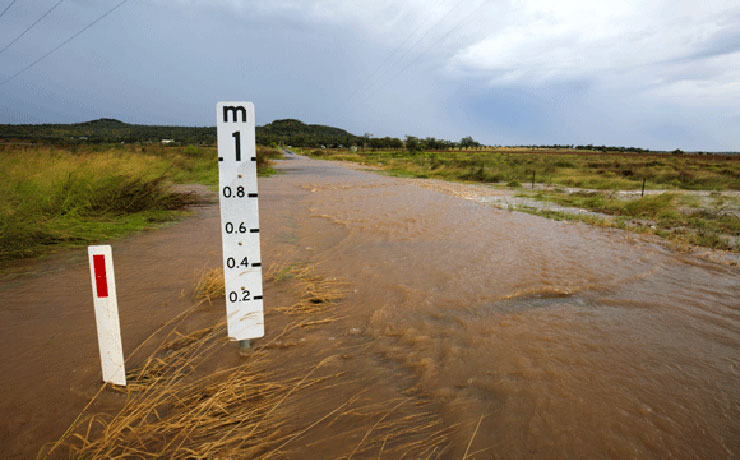
Some developers look set to pay increased infrastructure charges as the South Burnett Regional Council begins a five-year process on November 1 to make charges consistent across the region.
“The South Burnett has anomalies across the region in regards to charges for development,” Mayor Wayne Kratzmann said today.
“Our infrastructure charges for creating new residential lots range from $2241 in Murgon through to $9757 in Kingaroy.
“These inconsistencies in charges are a hangover from before amalgamation.
“Council is of the view that we can’t change this overnight, so the changes will be staggered over many years.
“Our charges are also a lot less than the maximum we could charge according to the State Government.”
The State Government established an Infrastructure Charges Taskforce in 2010 to simplify charges and to provide greater certainty for developers.
The State Planning Regulatory Provision outlines that the maximum a local government can recover from a development connecting to council infrastructure is $28,000 for a three-bedroom home.
“These charges are a once-off charge only payable when a new development is undertaken and are paid by the developer when the land is sub-divided,” South Burnett Manager of Planning, Land Management and Community Chris Du Plesis said.
“The charges only relate to a contribution for water supply, sewerage and parks as other infrastructure is funded via other means.
“The home owner does not pay this charge again when a house is built or when it is sold.”
Mayor Kratzmann said that to smooth the transition to the new infrastructure charges, Council has adopted a “price path” over five years.
“South Burnett Regional Council’s charges will still be much lower than our neighbouring regions,” he said.
“Western Downs currently charges $22,000 and Somerset charges $15,215.
“Charges are reviewed on an annual basis and we, as a Council, will liaise with developers and get a feel for how the effect that these changes may be making on development in the region before any further change is made.”























